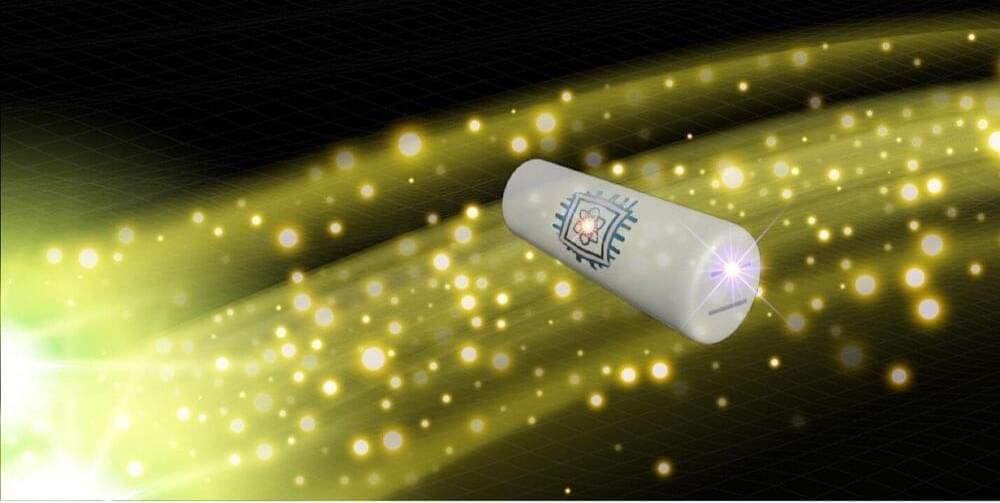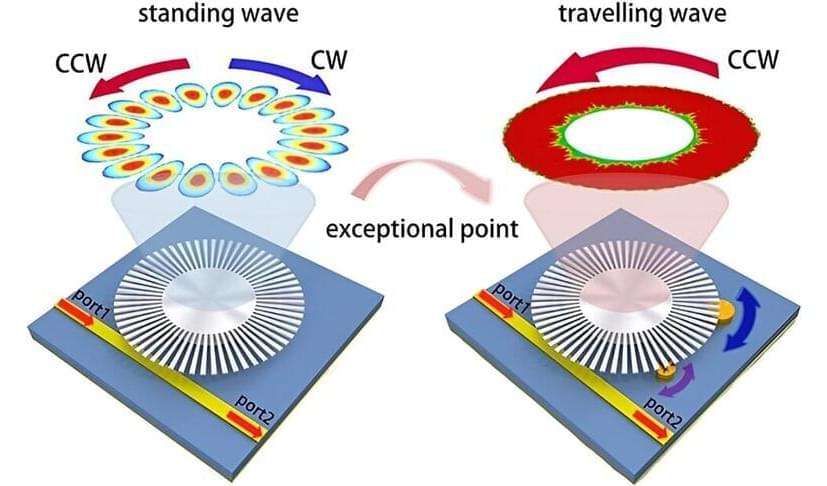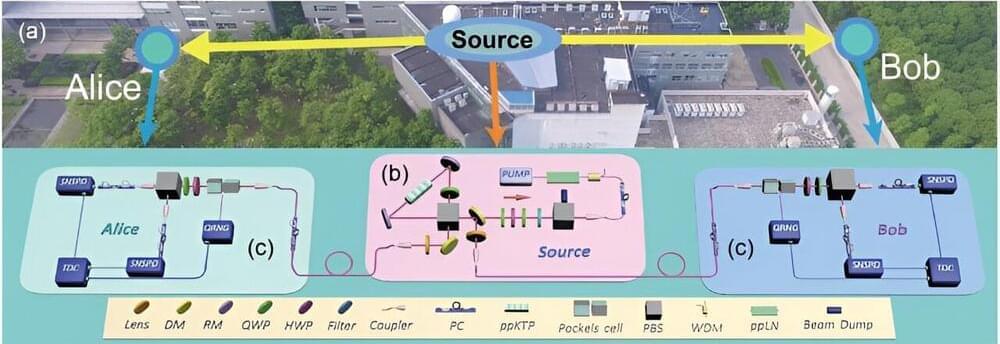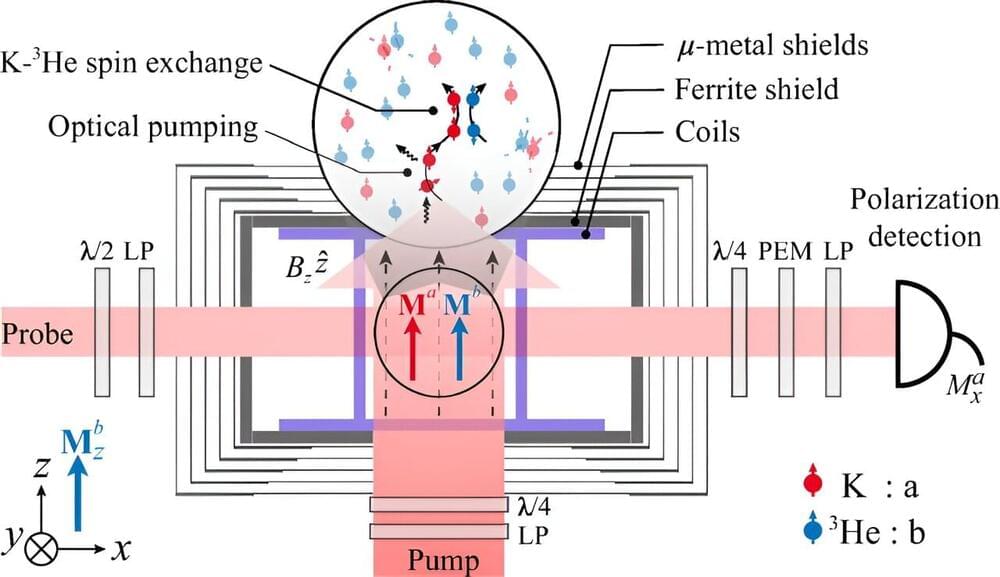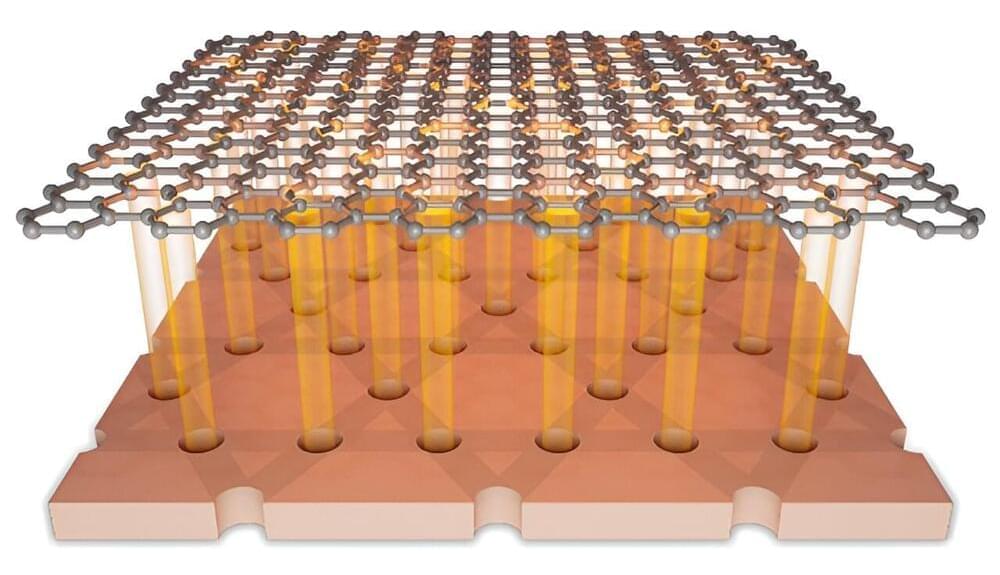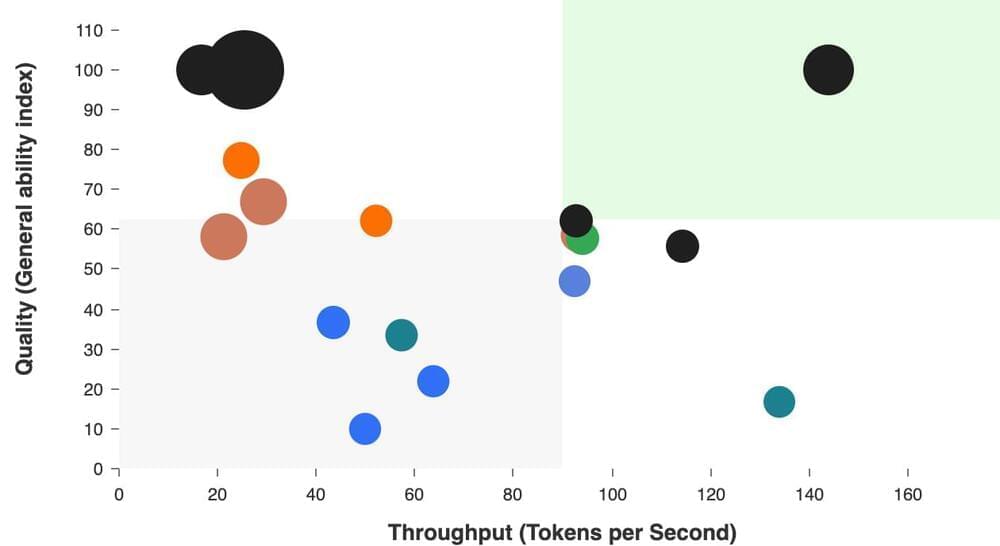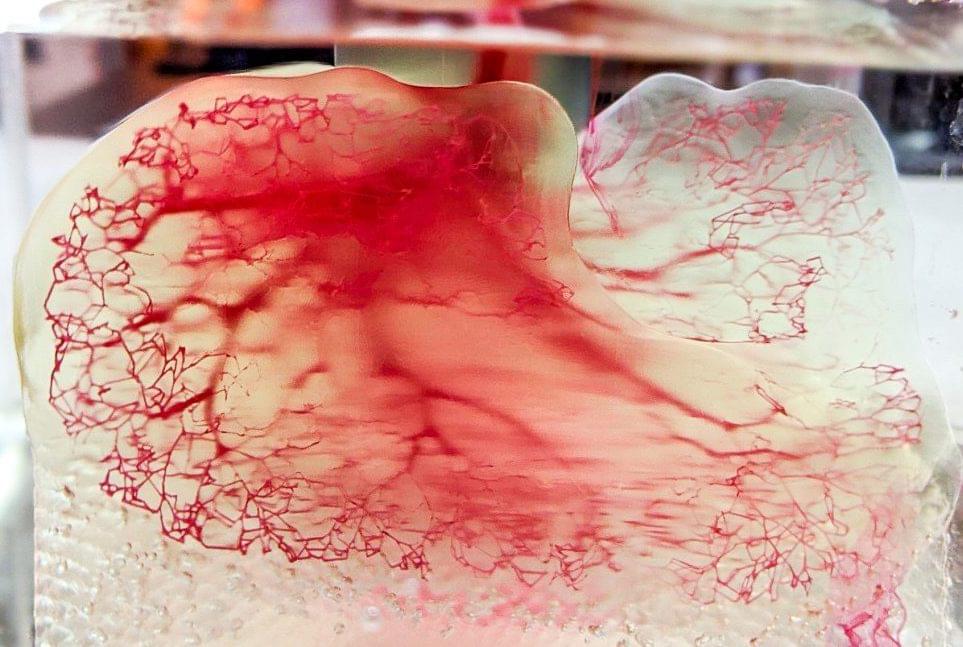A team led by Stevens professor Igor Pikovski has just outlined how to detect single gravitons, thought to be the quantum building blocks of gravity—and making that experiment real should be possible with quantum technology, they suggest, in the near future.
Via testing with a skin stand-in, a trio of physicists at Technical University of Denmark has ranked the types of paper that are the most likely to cause a paper cut. In an article published in Physical Review E, Sif Fink Arnbjerg-Nielsen, Matthew Biviano and Kaare Jensen tested the cutting ability and circumstances involved in paper cuts to compile their rankings.
In recent years, advances in photonics and materials science have led to remarkable developments in sensor technology, pushing the boundaries of what can be detected and measured. Among these innovations, non-Hermitian physics has emerged as a crucial area of research, offering new ways to manipulate light and enhance sensor sensitivity.
A research team has achieved the loophole-free test of Hardy’s paradox for the first time. The team successfully demonstrated Hardy’s nonlocality while closing both the detection efficiency loophole and the locality loophole.
A research team has discovered the Fano resonance interference effect between mixed atomic spins. They proposed a novel magnetic noise suppression technique, reducing magnetic noise interference by at least two orders of magnitude. The study was published in Physical Review Letters. The team was led by Prof. Peng Xinhua and Associate Prof. Jiang Min from the University of Science and Technology of China (USTC) of the Chinese Academy of Sciences (CAS)
A research team has introduced a novel method for selectively tuning electronic bands in graphene. Their findings, published in Physical Review Letters, showcase the potential of artificial superlattice fields for manipulating different types of band dispersions in graphene.
Cerebras has set a new record for AI inference speed, serving Llama 3.1 8B at 1,850 output tokens/s and 70B at 446 output tokens/s.
@CerebrasSystems has just launched their API inference offering, powered by their custom wafer-scale AI accelerator chips.
Llama 3.1 8B provider analysis:
Analysis of API for Llama 3.1 Instruct 8B across performance metrics including latency (time to first token), output speed (output tokens per second), price and others. API benchmarked include Microsoft Azure, Amazon Bedrock, Groq, Together.ai, Perplexity, Fireworks, Cerebras, Lepton AI, Deepinfra, and OctoAI.
Biotechnology firm United Therapeutics has showcased what it claims to be the “world’s most complex 3D printed object” in partnership with 3D printer manufacturer 3D Systems at the recent LIFE ITSELF conference in San Diego.
The partners have produced a 3D printed human lung scaffold capable of demonstrating gas exchange in animal models, and are now planning to cellularize the scaffold with a patient’s own stem cells to create tolerable, transplantable human lungs.
“Last week, it was exciting to show the public our 3D printed human lung scaffold, but we’re thrilled to share that our 3D printed lung scaffolds are now demonstrating gas exchange in animal models,” said Dr. Martine Rothblatt, United Therapeutics’ Chairperson and CEO. “We are regularly printing lung scaffolds as accurately as driving across the United States and not deviating from a course by more than the width of a human hair.
This research uncovers diverse neural roles in processing words and complex sentences.
MIT neuroscientists have identified several brain regions responsible for processing language using functional magnetic resonance imaging (fMRI).
However, discovering the specific functions of neurons in those regions has proven difficult because fMRI, which measures changes in blood flow, doesn’t have a high resolution to reveal what small populations of neurons are doing.
Now, using a more precise technique that involves recording electrical activity directly from the brain, MIT neuroscientists have identified different clusters of neurons that appear to process different amounts of linguistic context.
SpaceX, with its rapidly expanding squadron of Starship rockets and super-capsules, looks poised to dominate the creation of humanity’s first base camp on the Moon.
As it ramps up producing Starship upper stages that can double as Moon-orbiting space stations or as spectacular lunar resorts, SpaceX is positioned to speed past NASA’s plans for Spartan astronaut habitats on the orb’s South Pole.
NASA’s “lunar surface habitat concepts are currently in early conceptual stages or pre-formulation,” Corinne Beckinger, a NASA representative based at the Marshall Space Flight Center, told me in an interview.
